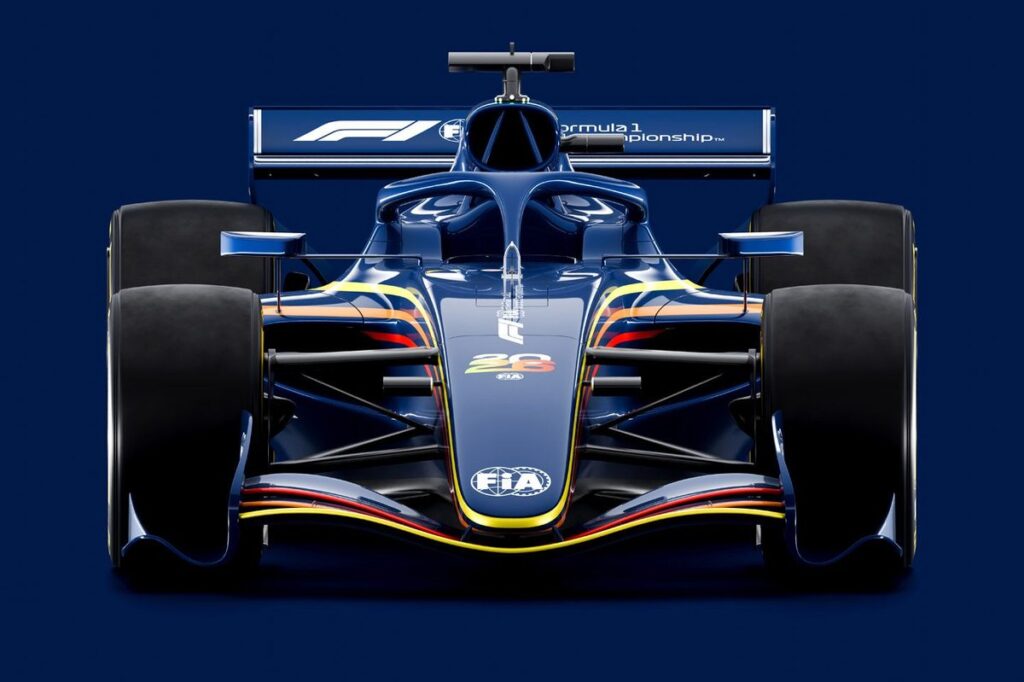Formula 1 Unveils 2026 Rules, Teams Raise Concerns Over Active Aero Regulations
In a significant development, the key outlines for the 2026 Formula 1 rules were revealed to the media on Thursday, sparking concerns among multiple F1 teams regarding certain aspects of the draft regulations, particularly those governing the application of active aero.
At the heart of the controversy is the X-mode activation, which enables the car’s front and rear wings to enter a lower-drag state in defined straights. Initially, it was unclear whether this feature would be driver-controlled or automatically applied during a race. However, FIA single-seater technical director Jan Monchaux provided clarity on the matter during a media conference on Saturday.
Monchaux explained that the logical approach would be to adopt a similar method to the current DRS system, where the driver controls the deployment through a button on the steering wheel. “All that is currently still in discussion with the teams. So, it’s not like we have fully described all the detail of how and when you activate,” Monchaux stated.
The FIA envisions the X-Mode activation following a similar pattern to DRS, where specific conditions need to be met before deployment. These conditions include low or no lateral acceleration, effectively exiting a corner. If these conditions are satisfied, the driver will press the button to activate X-Mode, and shortly before reaching the braking zone, they will deactivate it.
Safety implications are a top priority, with Monchaux emphasizing the need for a “rigorous” approach to minimize risks associated with the introduction of X-Mode. Top speeds are expected to increase significantly due to reduced drag, making it essential to ensure drivers are not stuck in X-Mode when braking for corners. Failure to do so could result in high-speed accidents.
Monchaux drew parallels with the introduction of DRS, stating that the FIA will employ the same rigorous approach to ensure the system’s reliability and safety. While some teams may experience initial teething issues, the FIA is confident that the experience gained from DRS will be transferable to the front wing system.
🔗 Source
